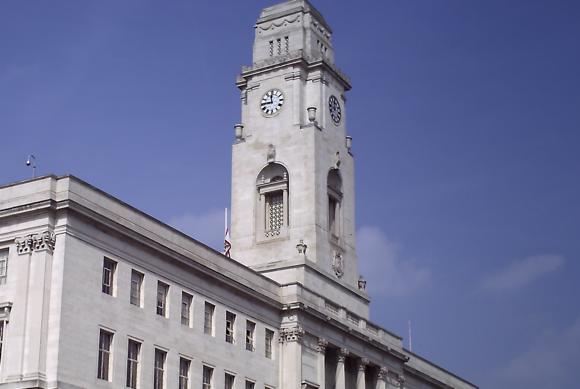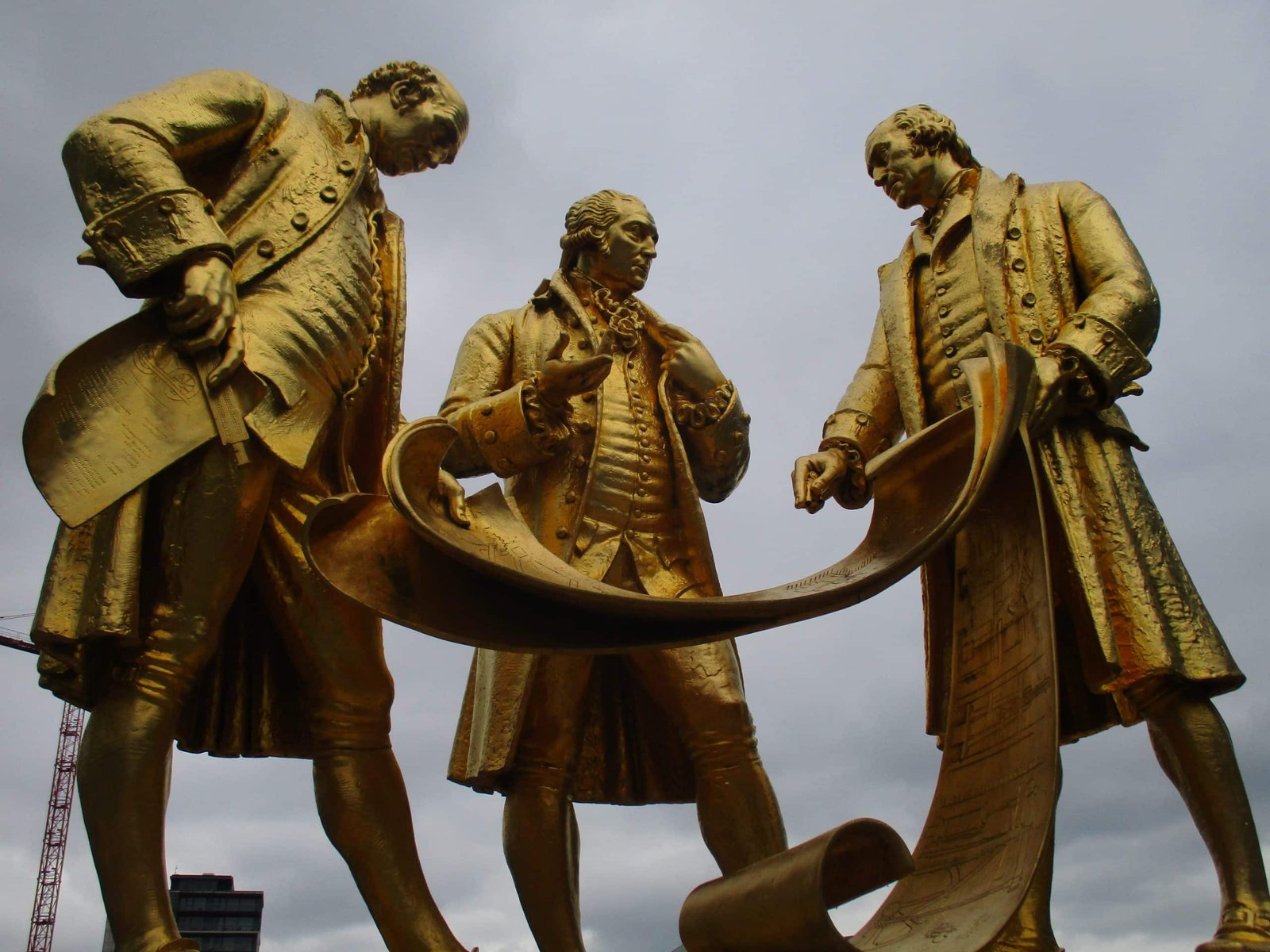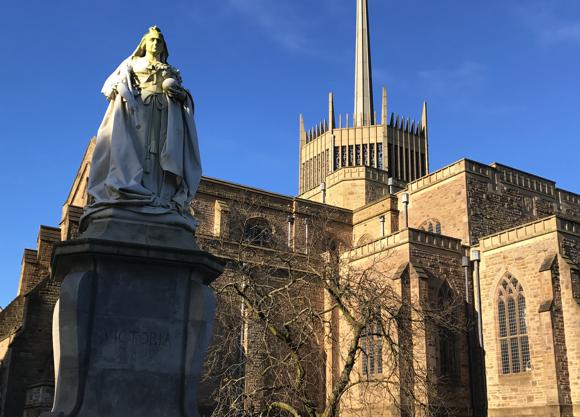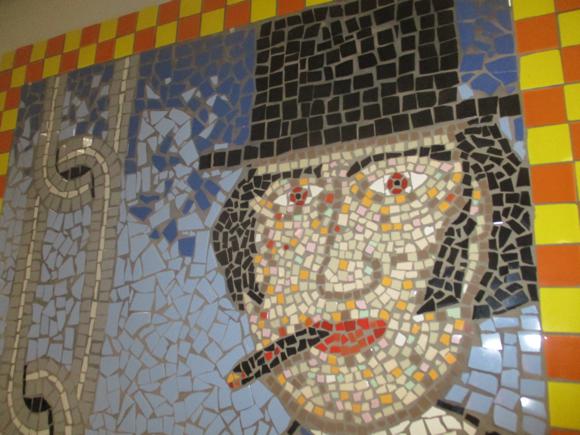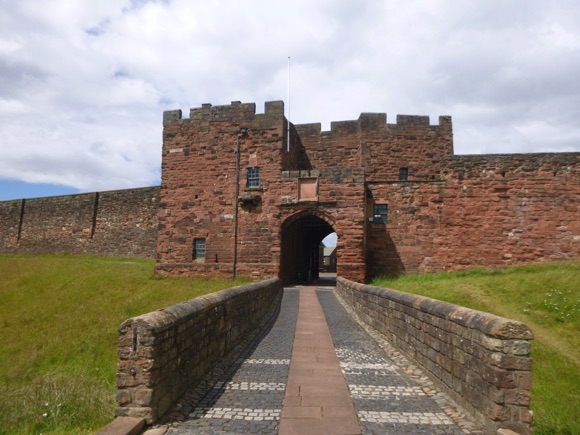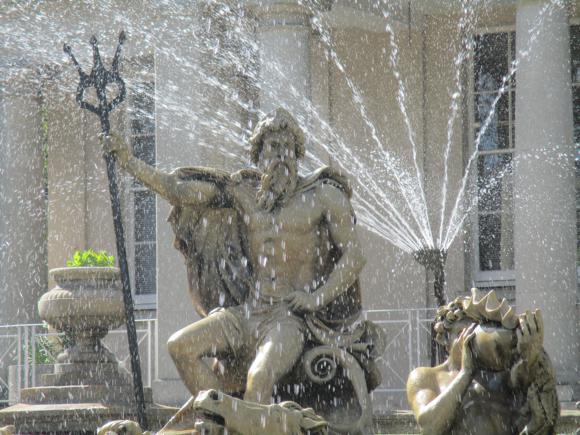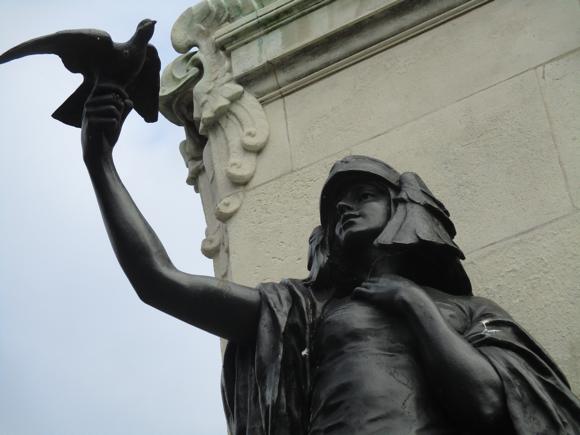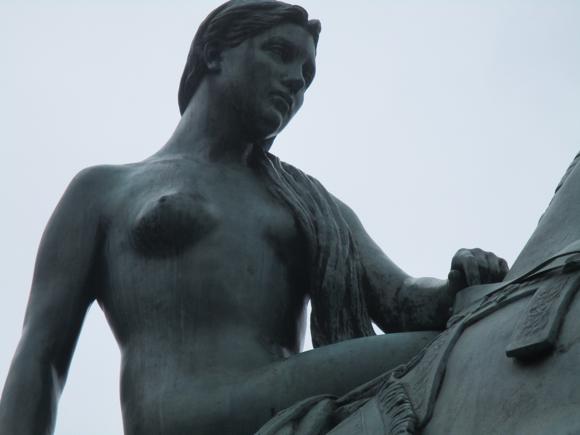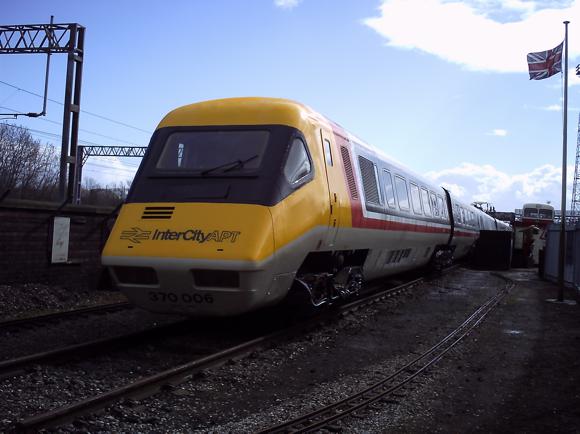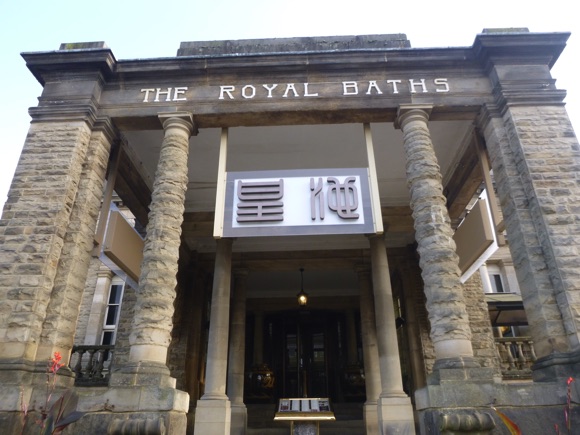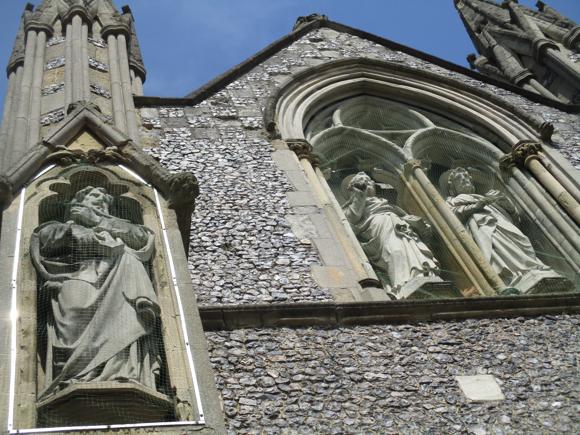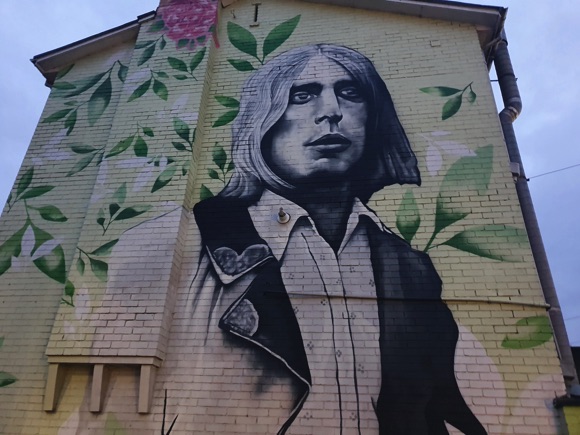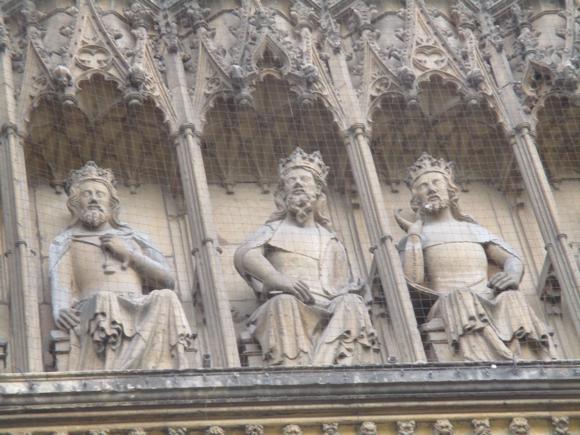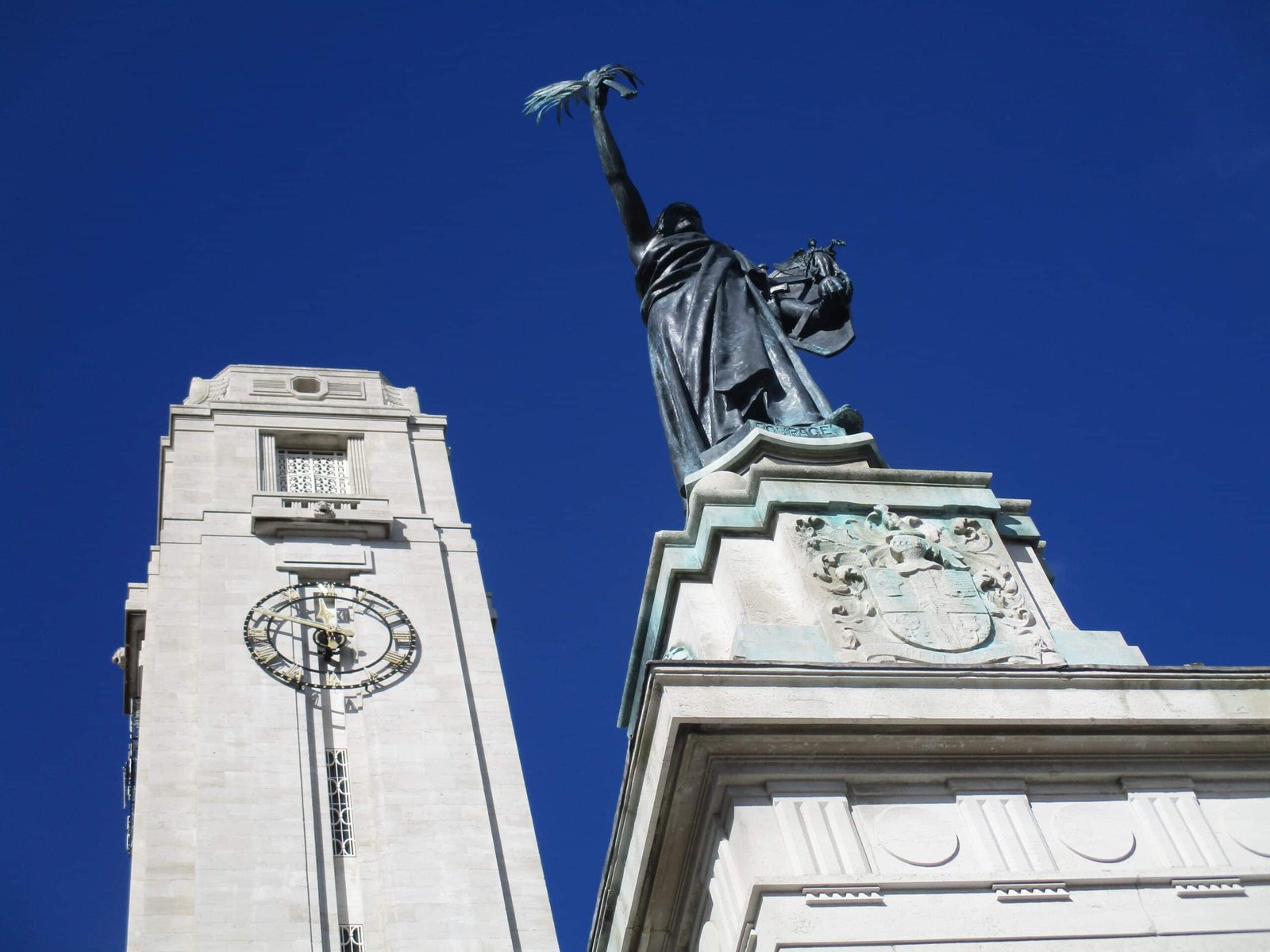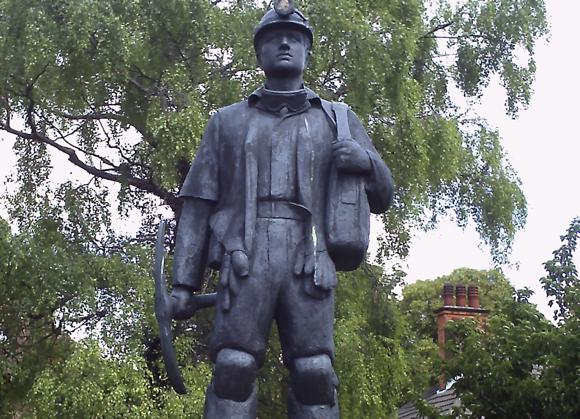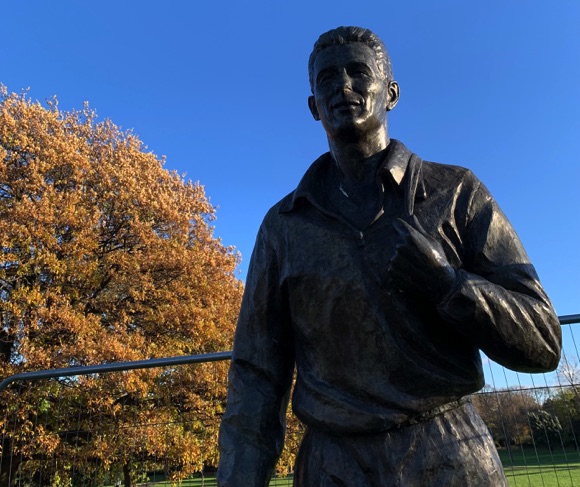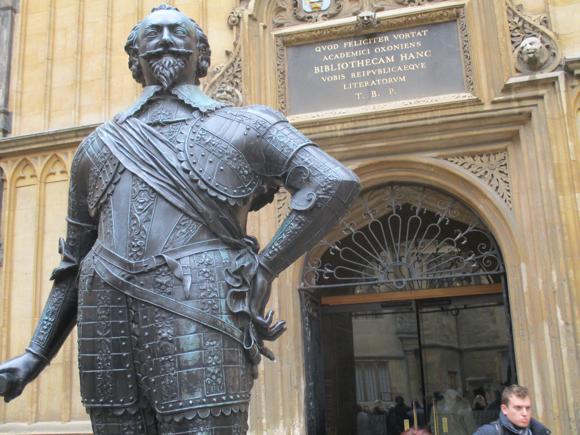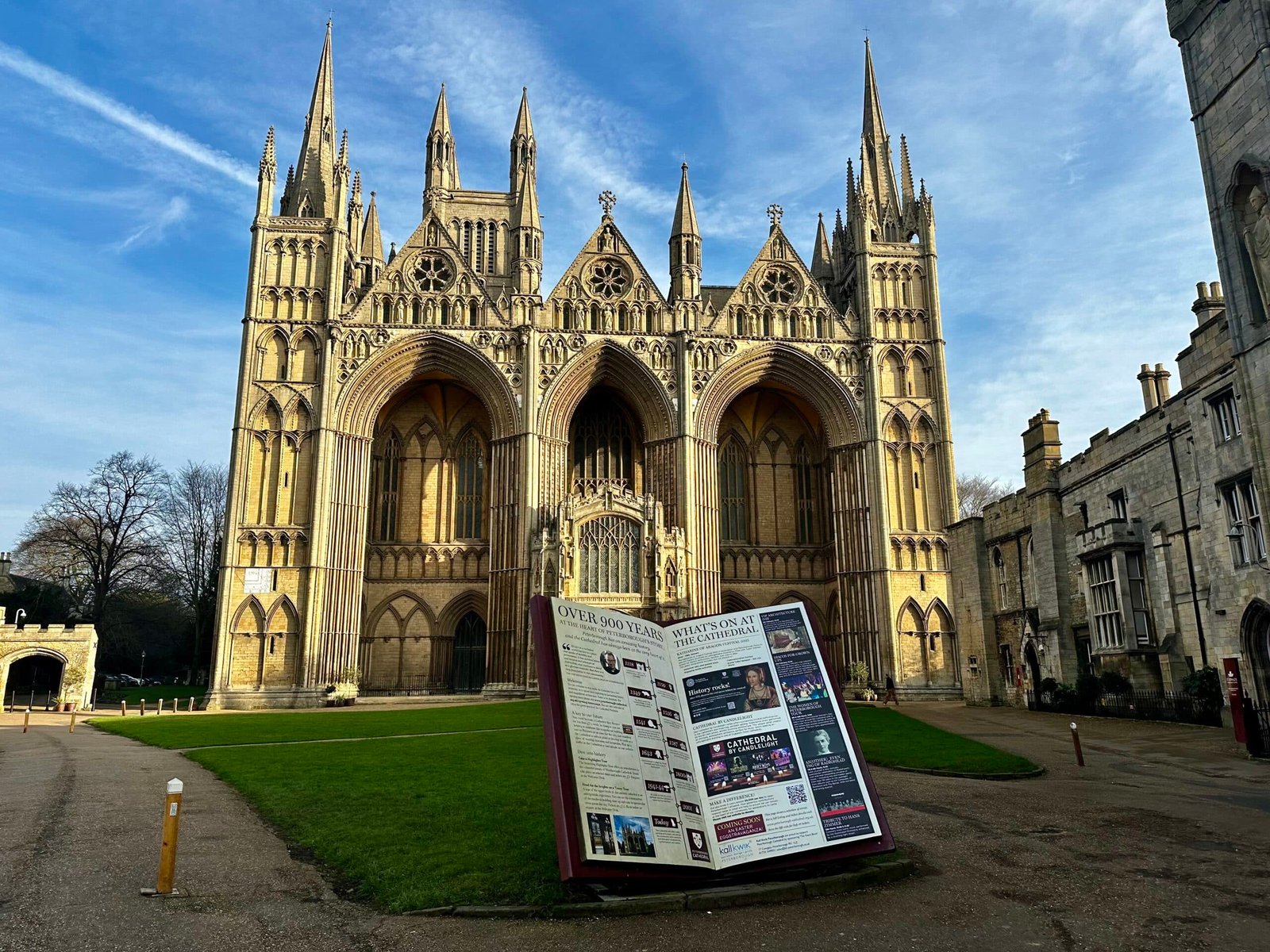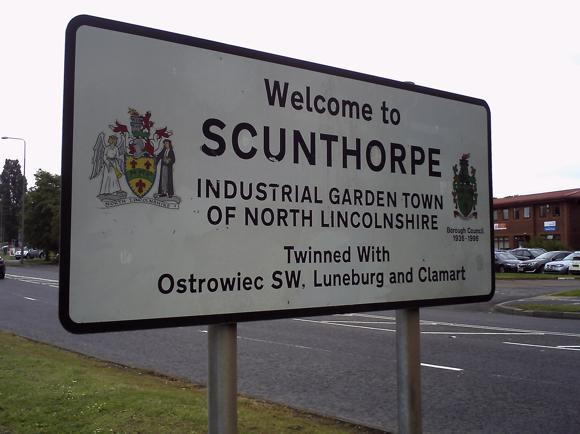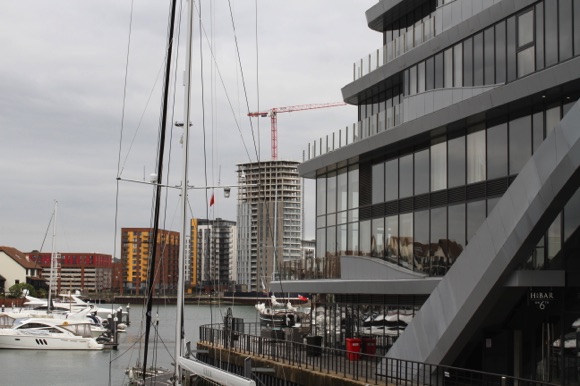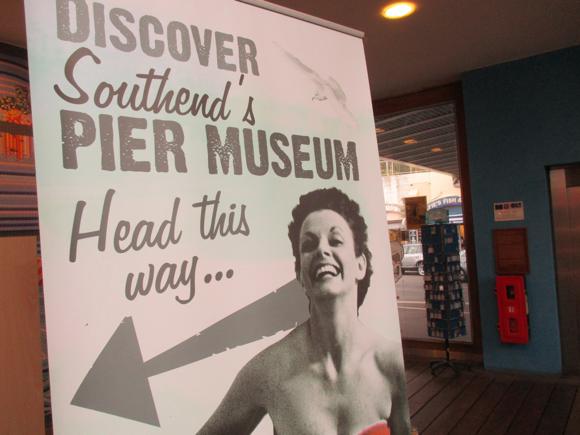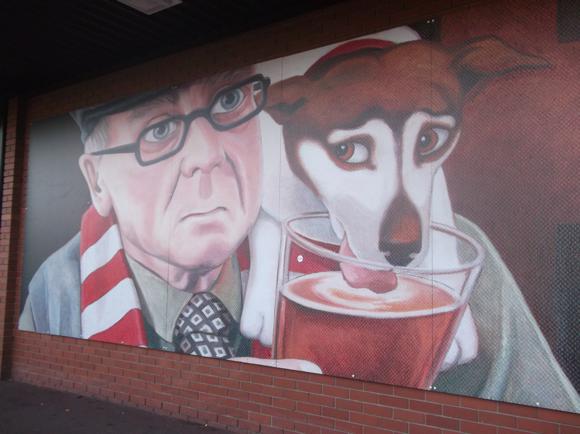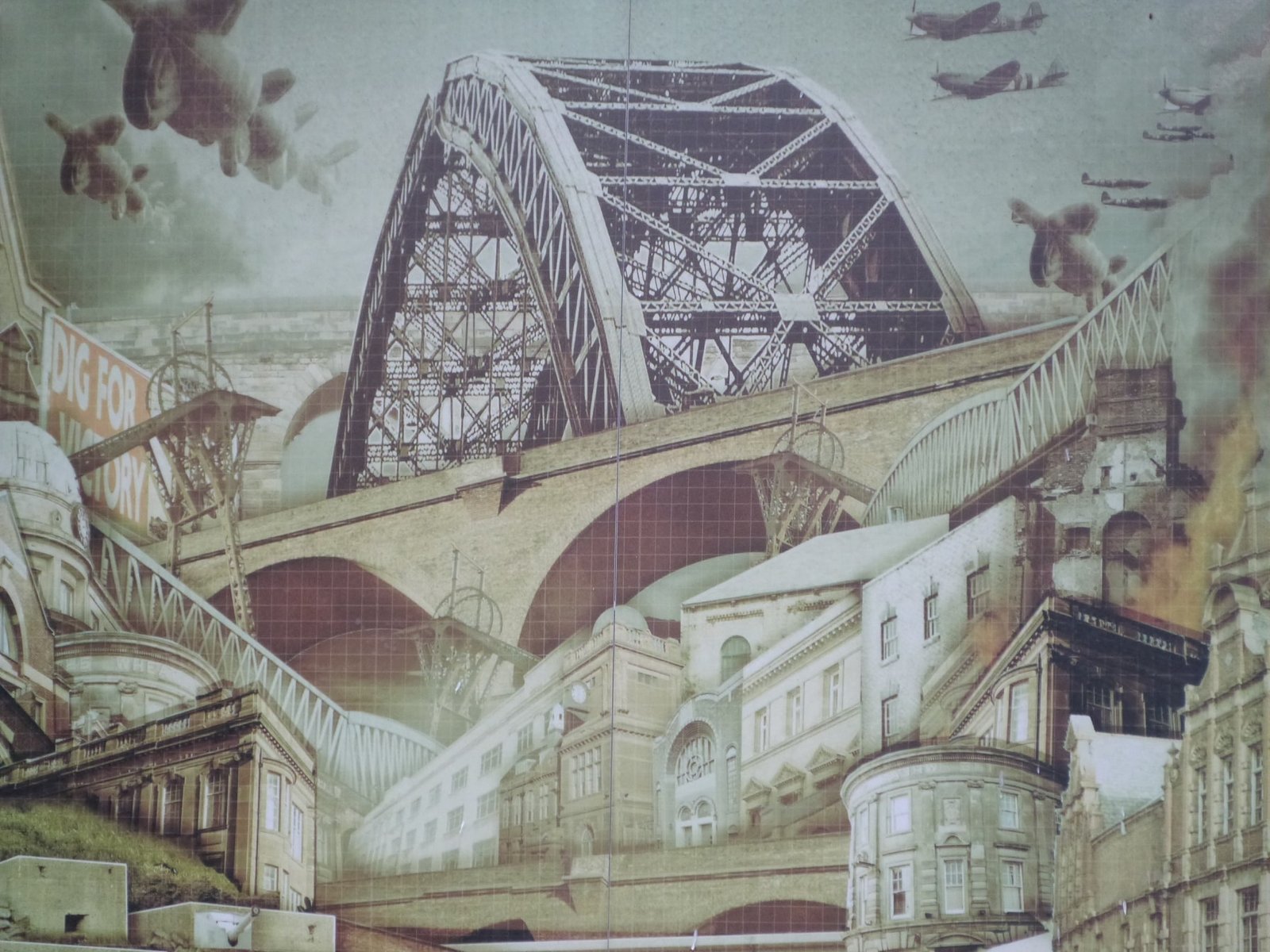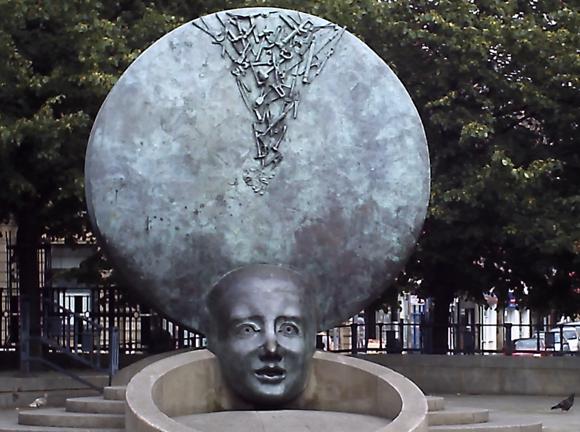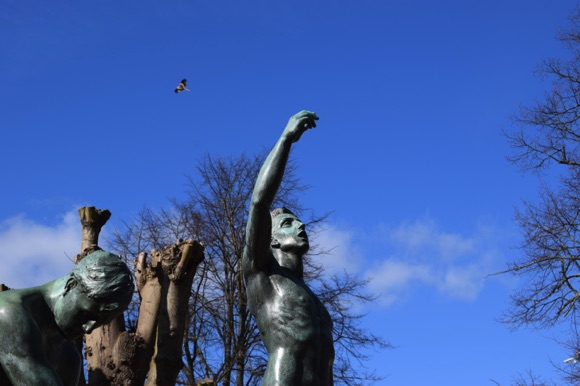Teams, tales and tips – a guide to the local game
The largest one-club city in the UK, Leeds has been transformed by one man, a passionate Argentine whose style of play has taken once all-conquering Leeds United back to the top and transformed the careers of key players.
Before the arrival of Marcelo Bielsa in 2018, the club was a sleeping giant, whose glory days dated back half a century and whose demise overshadowed much of the new millennium. Although a string of injuries and bad results led to his departure in February 2022, a heroic battle against relegation under Jesse Marsch led to wild celebrations, the momentum continuing into 2022-23 despite the sale of key players.

Credit must also be given to Leeds owner Andrea Radrizzani, who took control of the club from his capricious compatriot Massimo Cellino, placing his trust in the maverick from Rosario a year later.
Before then, Leeds were associated with two dour Yorkshiremen who steered that club to the very top and sank it to untold depths. In the 1960s, manager Don Revie created a dominant, domineering outfit feared throughout the land. Leeds-born Peter Ridsdale was the chairman who gambled away this club’s future in the early 2000s, approving big-money transfers and spiralling salaries long before there was the revenue to cover them.
Thanks to Revie, and the mainly home-grown team he created, Leeds became a worldwide name, a winning brand in all white. Because of Ridsdale, Leeds became synonymous with catastrophic ownership and rapid decline.

Although Leeds has always been a one-club city, this one club hasn’t always been Leeds United. The first to play at LUFC’s ground of Elland Road was Leeds City, formed in 1904.
Like nearby Huddersfield and Bradford, Leeds was first in thrall to rugby. As Leeds Steelworks, players from the south Leeds rugby stronghold of Hunslet gave a couple of soccer exhibition games before meeting at the Griffin Hotel in Boar Lane to form a club.
This club, Leeds City, joined the flagging West Yorkshire League but it soon became clear that soccer would be a hard sell in the country’s fifth-biggest city. Agreeing a lease on a ground at Elland Road with then hosts (and rugby club) Holbeck, Leeds City played a series of friendlies and WYL games to build a following.
Voted into the Football League in 1905 and developing Elland Road to accommodate up to 22,000 spectators, Leeds City played their first game in Division 2 at Bradford City.
Wearing the colours that later club United would adopt, blue and yellow, and also nicknamed The Peacocks after the nearby pub, Leeds City endured a nervous start to their debut campaign but soon won over the local public.

Crowds increased with the arrival of Yorkshireman Herbert Chapman, a journeyman footballer who would become the most influential manager in the game. His high-scoring side was just getting into its stride when World War I broke out.
To keep the club going, wartime matches were arranged. After November 1918, with Chapman having mysteriously disappeared to take a job at a local oil works, the question of payment to guest players was raised by an aggrieved former Leeds City employee. The Football League demanded paperwork from the club as proof of innocence. Club officials refused to provide it.
In 1919, the League duly threw out Leeds City. Chapman came back into the game to manage Huddersfield, became a title-winning supremo, repeating the feat at Arsenal.
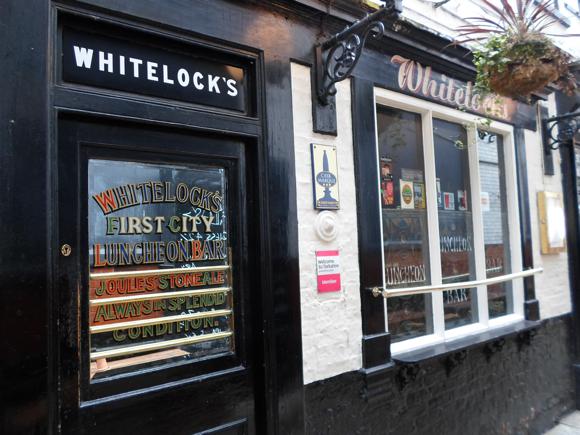
Leeds City players were auctioned off, although not to the club founded in their wake, Leeds United, who moved into Elland Road.
Managing to skirt amalgamation with Huddersfield but adopting Town’s colours of blue and white (before switching to blue and yellow), United found modest success in the early 1930s. Popularity – and funds – came with John Charles and his transfer in the 1950s.
Don Revie, of course, transformed and modernised the club after 1961. LUFC as a major football power on a par with Liverpool or Manchester United, the all-white kit, final after final after final, all this came with Revie. When Leeds plummeted under Ridsdale 30 years later, the club had a long way to fall. Revie had set the bar high.

The name of Leeds City was revived in 2006 with the merger of Abbey Grange Old Boys, Adel FC and Leeds City Vixens, plus two teams from Horsforth St Margaret’s, to create first and reserve teams in the West Yorkshire League, as well as under-21, ladies and old boys sides. Home is the Adel War Memorial Association on Church Lane, in Adel, north Leeds. Bus 1 runs from Infirmary Street, near City Square and Leeds train station, to Otley Road Holt Lane (every 10min, 30min journey time). From there, either wind your way through the residential zone on the other side of the road or walk towards town to Church Lane, then back up it parallel to the way you came. Near the bus stop at the junction of Otley Road and Holt Lane, the Lawnswood Arms is a family-friendly bar/restaurant.
The major non-league side in town is Guiseley. Based at Nethermoor Park, further north on Otley Road, since their foundation in 1909, The Lions rose up through the local leagues to reach the Conference North in 2010. In 2015, Guiseley reached the untold heights of the fifth-flight National League thanks to a late recovery at Chorley to win the play-off final 3-2. The club currently sits in the National League North, the sixth tier.
The easiest way to reach Nethermoor Park is to take the train from Leeds to Guiseley (every 30min, 12-14min journey time, £5 day return). At Guiseley, cross the station car park to a path between the hedgerows, follow into Otley Road and the ground is on the right. Nethermoor Park has a pleasant clubhouse bar attached.
Getting Around
Arriving in town, local transport and tips
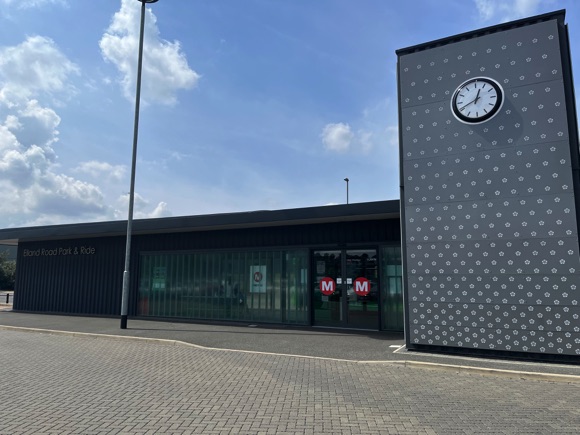
Leeds-Bradford Airport is 13km (eight miles) north-west of the city. FLYER bus A1 runs to Leeds every 20mins (every 30mins Sun), calling at City Square, New York Street and Leeds bus station (single £5/return £6, journey time around 40-50mins). Note that the stop just outside the airport terminal is for the main car park – head over to bus stop 1 for the FLYER service to town.
Airport-recommended Arrow Cars (0113 258 5888) quote £23 into town. Other firms may charge less – airport-based SJK (0113 250 5222) quote £18.
Leeds bus station is just east of the city centre, the train station south-west, both easily walkable into town. Elland Road is in Beeston, way south-west of town.
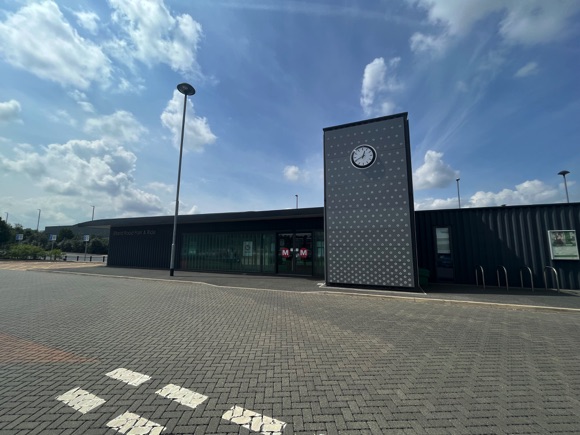
An hourly direct train from London King’s Cross (cheapest online single £32) takes 2hrs 20mins. There are regular direct services from Manchester Piccadilly (1hr, £11 online) and Victoria (1hr 30mins, £4 online) and hourly from Birmingham New Street (2hrs, around £30 online).
Adding a £4 Leeds PlusBus supplement means you can use all local bus operators in West Yorkshire that day. The Leeds bus network is overseen by Metro West Yorkshire. A WY DaySaver is £6.70, a Weekender valid from 6pm Fri £8.50, both sold on board.
Amber Cars (0113 202 2112) are a long-established local taxi firm.
Where to Drink
The best pubs and bars for football fans
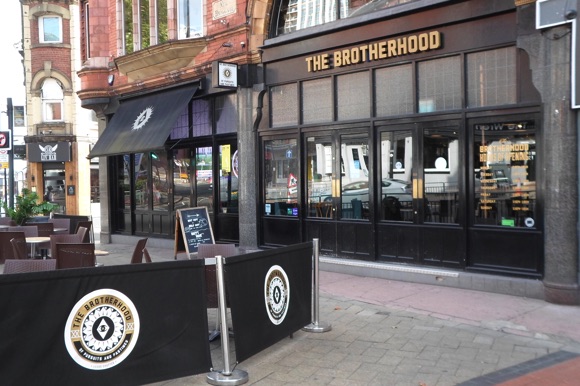


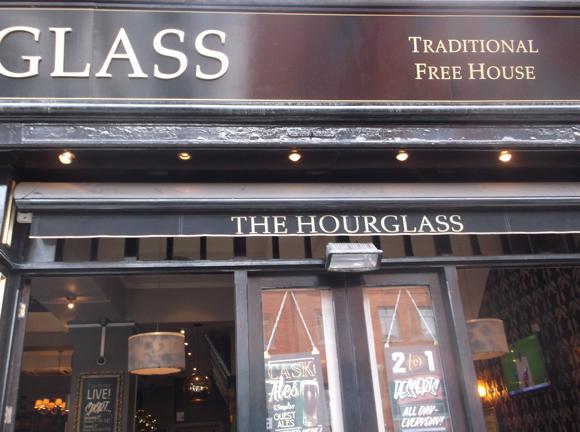


Leeds is one of Britain’s liveliest cities after dark, with pubs and bars dotted everywhere around the city centre. For football-watching, the Bower’s Tap, the former Hourglass on Lower Briggate, contains 13 screens around a traditional interior.
On New Briggate, The Brotherhood of Pursuits & Pastimes puts sport and games first in a contemporary urban setting. There’s more live music, plus beers from Belgium, Brooklyn and beyond at the nearby Sela Bar.
Further up on Cross Belgrave Street, the gig-focused Belgrave Music Hall & Canteen has a popular terrace, late-night craft-beer spot Sandinista moved here in June 2021 after a five-year absence and, on Merrion Way, the Union Square Bar & Kitchen puts TV sports first.


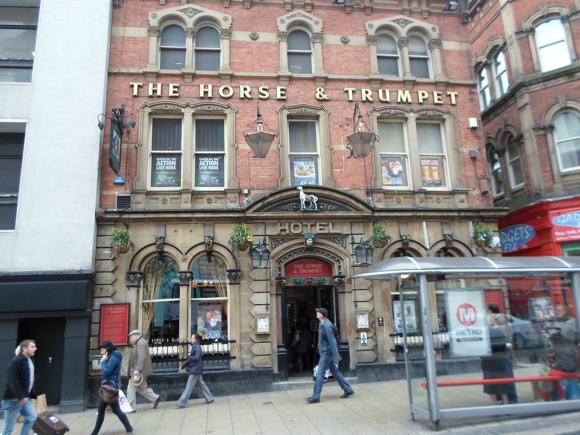
Other city-centre match-watching options include Box on Infirmary Street and the more traditional Horse & Trumpet on The Headrow.
Celebrating its 300th anniversary in 2015, Whitelock’s is the oldest pub in town, offering ales from local breweries such as Elland, Ilkley and Saltaire.
In 2016, they opened partner bar The Turk’s Head, a showcase for British craft beers just across Turk’s Head Yard. Now independently sourced, it offers 14 varieties on tap.

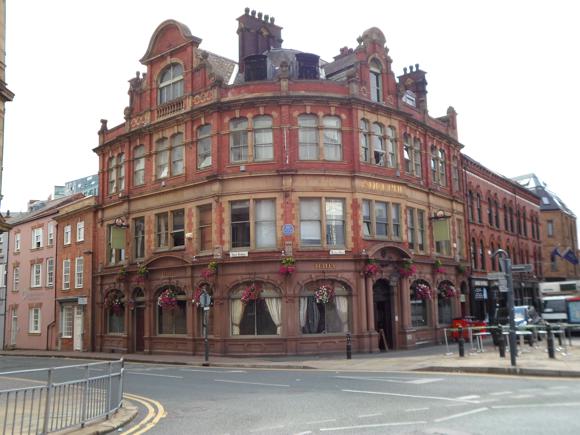
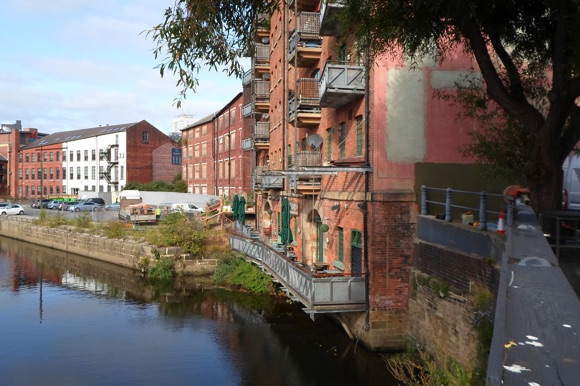

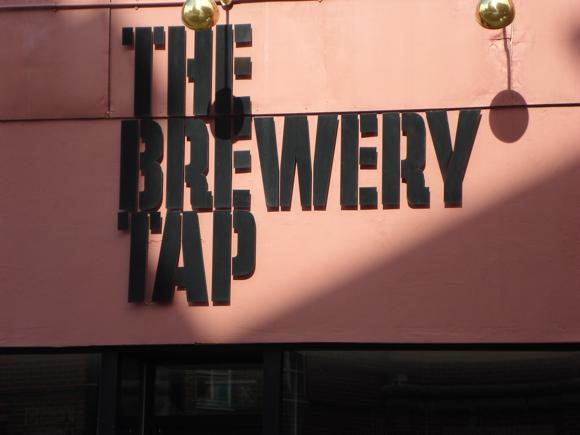
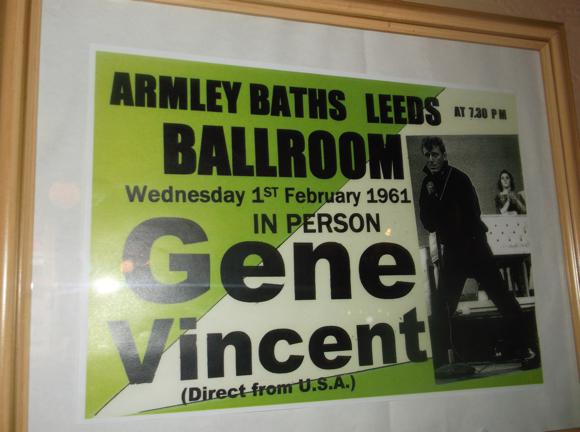
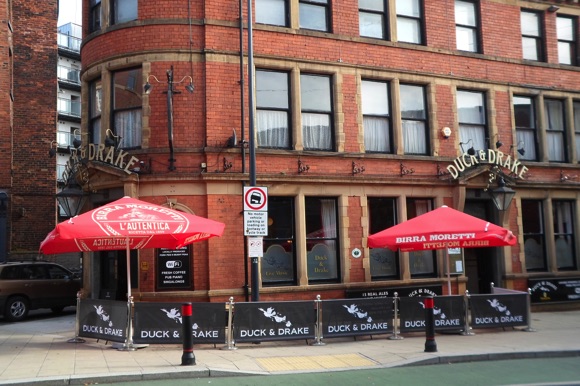
Many historic pubs have managed to keep pace with the contemporary competition – over the Aire on Hunslet Road, the Adelphi has had to introduce beer-and-burger deals. The original flagship of formerly Hunslet-based Tetley’s Brewery, the Victorian-era Adelphi offers one of the best Sunday roasts in town. On the city side of the river, overlooking the water, the Aire Bar offers live HD sport with a view.
Near Leeds train station, the Scarborough Hotel is a classic Victorian-era gin palace with TV sport and a quality kitchen. Site-brewed beers and locally sourced food are the essentials of the Brewery Tap, plus a convivial terrace.
Don’t miss the wonderful Duck & Drake on Kirkgate, essentially a live venue done out with rare gig posters and line drawings of music legends, with TV football, real ales and a quality jukebox – all in vintage pub surroundings used by the production team of 2023 Netflix hit Bank of Dave.
Where to stay
The best hotels for the ground and around town
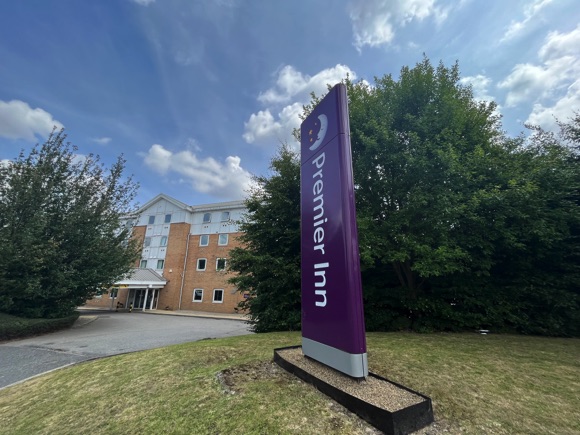
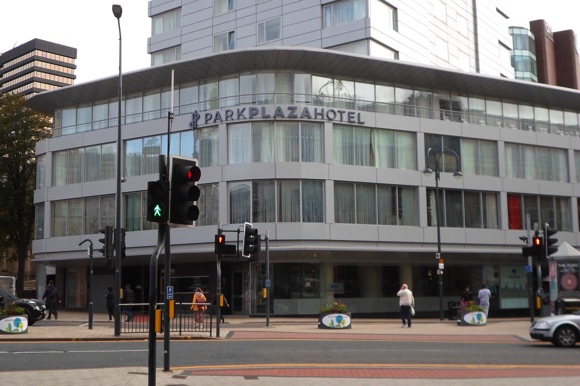


Visit Leeds has a hotel database and booking service.
The only hotel near the ground is the Premier Inn Leeds City Elland Road, the other side of the M621 in a business park. Unless you’ve a real need to stay close(ish) to the stadium, you’re stuck in a drab location way south-west of town.
Convenient for hopping to the ground, Leeds station is surrounded by hotels. The Queens Hotel is a four-star local landmark overlooking City Square, all Art Deco furnishings and fluffy bathrobes. A £16 million makeover in 2020-21 should see it sparkling for the next 80 years. On City Square itself, the Park Plaza also offers four-star luxury, plus pan-Asian cuisine in its restaurant.
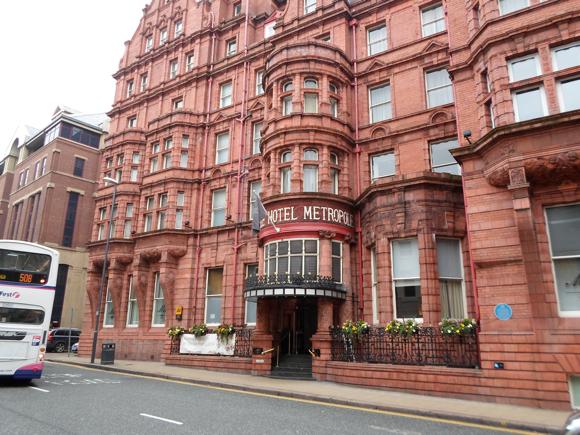

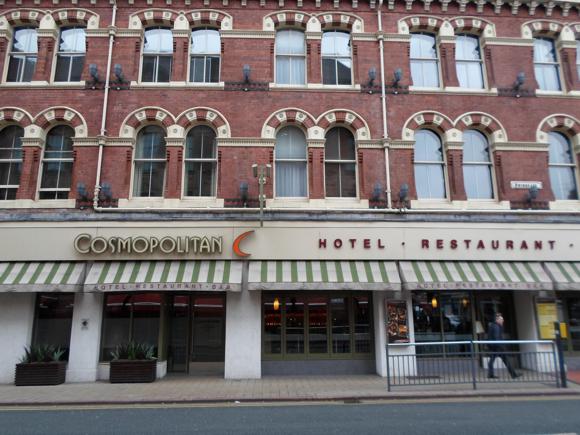
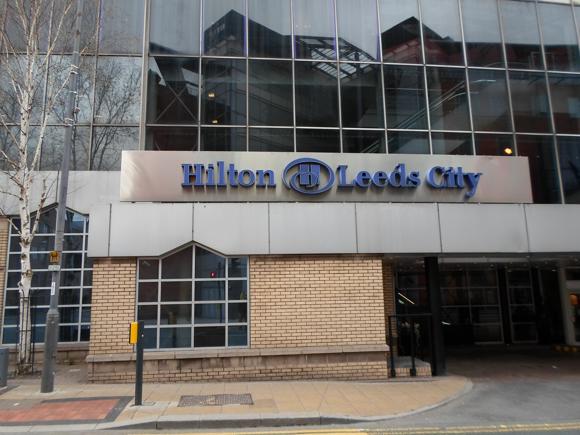



Close by and also historic, The Met is now a contemporary four-star – though it was behind its terracotta façade that Leeds City players were auctioned off after the club collapsed in 1919. In the same vicinity, the Leeds Marriott looks out onto bustling Boar Lane – the hotel, indoor pool, whirlpool, sauna and all, is tucked behind in a little courtyard. Alongside, The Cosmopolitan hides a 100-year history behind an attractive exterior, as well as 89 mid-range bedrooms, a restaurant and lounge bar.
For the bar quarter, the Radisson Blu, Leeds City Centre fills a striking Art Deco building on The Headrow with four-star rooms while more affordable lodging is available at the ibis Styles Leeds City Centre Arena by the Merrion Centre mall.
Closer to the river on Neville Street, the comfortable Hilton Leeds City has a heated indoor pool, spa and gym. Across the river on Brewery Wharf, rooms at Jurys Inn Leeds can be found relatively cheaply online, many with attractive views of the nearby waterfront.




